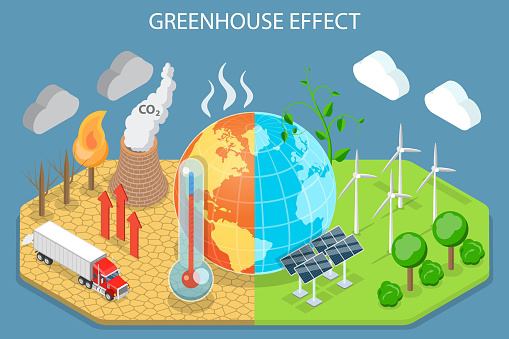What is the environmental impact assessment? Describe the process in detail.
Environmental Impact Assessment (EIA) is a process to identify, predict, evaluate, and communicate the potential effects of a proposed project or development on the environment. The main goal of the EIA process is to ensure that any proposed project or development is socially, economically, and environmentally sustainable.
The process of EIA can be broken down into the following steps:
Screening: The first step is to determine whether a proposed project requires an EIA. This involves examining the project's scope and potential impacts on the environment to decide whether a full EIA is necessary.
Scoping: If a full EIA is deemed necessary, the next step is to identify and define the potential impacts of the project. This involves identifying the environmental factors that may be affected by the project, such as air quality, water quality, soil quality, noise levels, and biodiversity.
Baseline study: A baseline study is conducted to assess the current status of the environment in the project area. This includes collecting data on the environmental factors identified during the scoping process.
Impact assessment: The potential impacts of the project on the environment are assessed using the data collected during the baseline study. This involves analyzing the potential impacts of the project on each of the environmental factors identified during the scoping process.
Mitigation measures: Based on the results of the impact assessment, mitigation measures are developed to minimize the negative impacts of the project on the environment. These measures may include changes to the project design, construction methods, or operational procedures.
Review: The EIA report is reviewed by various stakeholders, including government agencies, non-governmental organizations, and the public.
Decision-making: Based on the results of the EIA process and stakeholder feedback, a decision is made on whether to approve or reject the proposed project.
Monitoring: Once the project is approved, ongoing monitoring is conducted to ensure that the mitigation measures are effective and that the project is not having any unforeseen negative impacts on the environment.
Overall, the EIA process is designed to ensure that proposed projects are carefully evaluated for their potential environmental impacts, and that appropriate measures are taken to minimize any negative effects.



























